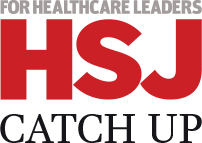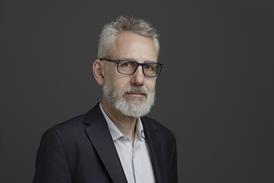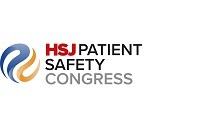The must-read stories and debate in health policy and leadership.
- Today’s good news: Major teaching trust lifted out of special measures
- Today’s regional offices: Babylon Birmingham expansion approved but Manchester plans blocked
At all costs
Wednesday was “NHS day” for the new government, which is trying to use its post-election-win honeymoon to get a tranche of policy themes out of the traps.
For national NHS officials, it will have gone down as a win, getting ministers — most notably the purse-holders at the Treasury — to sign off on nursing student grants just three working days after the election result, and ahead of the 15 January university application deadline.
Presumably government got the argument that — having promised a rather ambitious 50,000 increase in nurses on which it will be ruthlessly judged — it was rather in its own interest to get more domestic trainees on board ASAP.
In a speech on Wednesday morning, health and social care secretary Matt Hancock made the nursing grant announcement and threw in a few other pointers for this new term.
On tech, a new programme was born; adopting the health policy jargon of the day, it is known as the “digital aspirant programme”. This appears to be a signalling that “many more hospitals” need to get major IT upgrades, moving on from the focus of recent years on the already-quite-good “exemplars”. It is therefore effectively a bid to get substantial capital funding (and the associated revenue funding which would be needed) into these more widespread tech investments.
Ministers and NHS leaders will be thrashing out capital spending plans — as well as workforce spending plans — ahead of a government Budget in the new year. That money needs to cover tech as well as those notorious 40 (or six) new hospitals, as well as diagnostic machines, not to mention urgent capital demands in mental health and community services.
Notable by its absence from Mr Hancock’s four priorities — people, prevention, tech, and infrastructure — is anything about the NHS actually starting to meet its waiting time standards, which it is miles away from and falling further. New research confirms that, while the public want more nurses and doctors, also very high on the wish list are shorter waits at accident and emergency, for operations, and for general practice.
Asked about this, Mr Hancock pointed to the rapidly rising demand on the NHS (just as did national NHS leaders at sessions for local counterparts on Tuesday and Wednesday), and also to NHS England’s forthcoming clinical review of standards, which could see the current target regime overhauled.
Yet regardless of how you count it, people can see the reality of the NHS providing a poor and deteriorating service for many. You would expect a government putting the NHS front and centre to want to promise then see a return to performance.
Thursday’s Queen’s Speech will confirm a new NHS bill, which might be used to project a bit more ministerial scrutiny and accountability onto the service. But for what, and to what effect?
According to The Times, the prime minister’s omnipresent adviser Dominic Cummings has said government “must deliver on the NHS ‘though the heavens may fall’” – ie: at all costs. And indeed it might be.
Not a moment too soon
The high level of assaults on health and social care workers has prompted the Health and Safety Executive to step in. The watchdog has inspected 20 health and care providers on how they manage risks to their staff from violence and aggression, as well as musculoskeletal disorders.
And not a moment too soon. Three staff members have been killed by patients in the last five years. They include two people who were stabbed while working at mental health hospitals — one NHS-run — and another who was beaten with a fire extinguisher at a charity-run hostel, again by a mental health patient.
Non-fatal incidents in health and social care attributed to violence are also three times as high as all industries between 2015 and 2018, according to the HSE.
As part of its inspection of 20 providers, the HSE has found at least one trust — Leeds Community Healthcare — has broken health and safety law. Inspectors warned the trust’s policies for violence and aggression, lone workers and safe moving and handling were lacking, and procedures for responding to panic alarms were “inconsistent”.
The chief executive has said an action plan will be put in place; meanwhile, HSE has not yet told us who the other trusts are, and how they got on. The trust was also not involved in any of the three deaths mentioned above.



























No comments yet